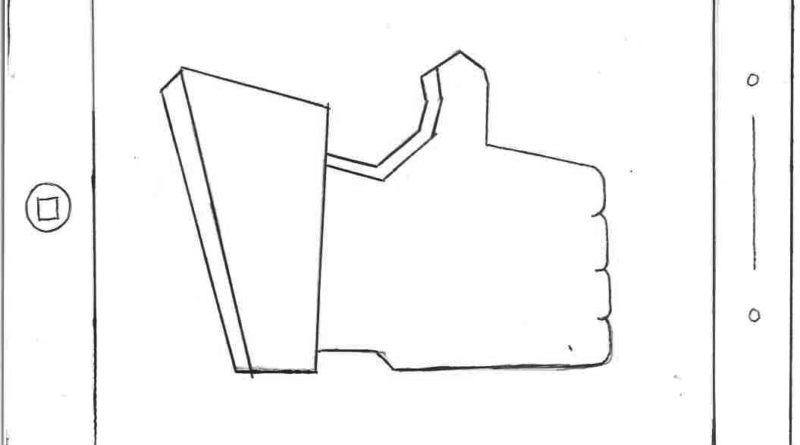“LIKE” faces the ugly side of social media
IndieFlix’s newest original documentary “LIKE” made the audience feel moved and uncomfortable on the truth of social media and how it has impacted many lives. The short film was awarded 2019 Global Peace Film Festival, was a finalist for the International Short Film Competition, and much more. “LIKE” was screened at the CFA on Sept. 18 originally for middle school students and families, but it also discusses social media issues that occur at CVHS. The 45-minute movie teaches how social media really is behind the screen.
The film was very informative and showed segments of apps, including Instagram, Snapchat, and Facebook. What was surprising is that the creation of Facebook’s “like” button was designed as a way to give a “thumbs up,” but has evolved to other platforms as a way of how many likes a post can get. The film also had viewpoints of teenagers’ take on social media, good and bad.
The facts expressed in the movie were surprising because it’s often not discussed at CVHS. Some facts stated were about the increase of anxiety and depression is higher in teenagers versus adults over 30. Suicide is the second leading cause of death in young adults, with car accidents being in first. The average amount of times people check their cell phone is 80 times a day.
While the film mainly talked about the negative tones of social media and how it can either bring us happiness or sadness, “LIKE” ended with a positive note on the use of social media when a family in need can bring community and organizations together.
Social media can be both beneficial and harmful to humans. It’s our choice on how we make it. The overall sense of the film is to teach self-regulation uses on social media and our phones’ in general.
After the screening, a panel led by Director of Student Services Nic McMaster, Behavioral Health Services Coordinator Marian Meadows, and Japanese teacher Emi Crow answered questions. They discussed behaviors they noticed from students on phones and changes or negative impacts they’ve seen at school or in social interactions.
McMasters recalled how when he was a math teacher at CVHS ten years ago, phones were starting to become engaging. Over time, it was more common to see cell phones on campus.
“When I was a math teacher at CVHS roughly a decade ago, we’d have a few instances of cell phones that we spotted students with to be really engaged on the phone and we were worried about it. Over the last decade, I’ve seen that becoming more of a commonplace and what it looks like on campus,” McMasters stated.
Meadows talked about how teenagers are getting nervous to socialize with others in real life because everyone communicates via technology.
“There was a segment where some of the youth were talking about youth and adults where some behaviors aren’t present, but the behaviors that are absent now. Now that teens in particular are able to communicate with each other through devices and social media,” Meadows said.
Crow describes the film as busy while she feels her students are busy.
“What would be good, but probably to manage is just learn how to turn off your cell phone because just watching this film, I was exhausted. It was so busy. And I feel like my students are busy all the time,” said Crow.

